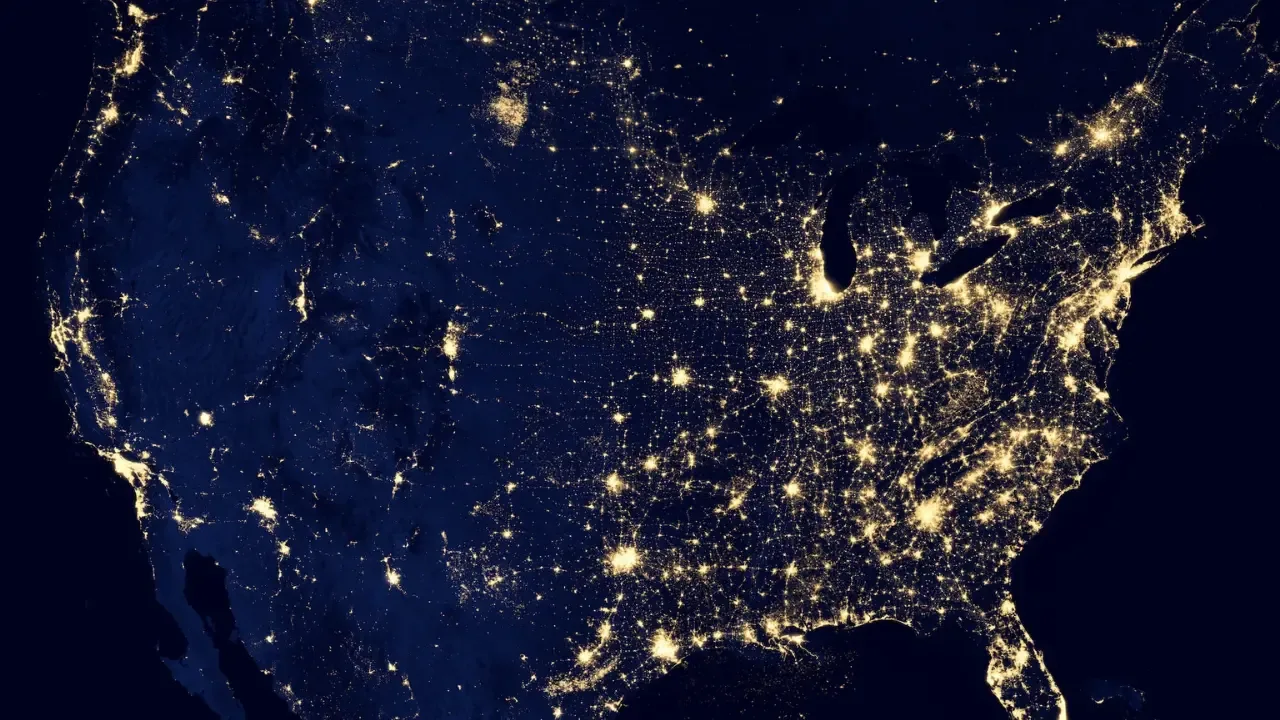Convert Pandas Column to DateTime

Convert Pandas Column to DateTime: Easy and Effective Solutions! 💪😎
Welcome to another exciting tech blog post! Today, we're going to tackle a common issue faced by many data analysts and scientists: converting a string column to a datetime column in pandas. 📅😕
The Problem 😨
So, you have a pandas DataFrame, and one of the columns was imported as a string, rather than a datetime variable. This can make it difficult to perform operations based on dates, as they aren't recognized as proper date objects. 😱
Here's an example to give you a better understanding of the problem:
raw_data = pd.DataFrame({'Mycol': ['05SEP2014:00:00:00.000']})In this DataFrame, the Mycol column contains dates in a string format. We need to convert it to a proper datetime format and manipulate it accordingly. Let's dive into the solutions! 🤓
Solution 1: Using the pd.to_datetime() Method 🕒
Pandas provides a convenient method called pd.to_datetime() that can convert a column to a datetime format easily. Let's see how it works:
raw_data['Mycol'] = pd.to_datetime(raw_data['Mycol'])In just one line, we have converted the Mycol column to a datetime format. 🎉
Solution 2: Specifying Date Format 📝
Sometimes, the string format of dates may not be recognized by pandas automatically. In such cases, we can specify the date format explicitly using the format parameter. Let's take a look:
raw_data['Mycol'] = pd.to_datetime(raw_data['Mycol'], format='%d%b%Y:%H:%M:%S.%f')In this example, we used the format parameter to specify the format of the string date provided. Here %d represents day, %b represents the abbreviated month, %Y represents the full year, %H represents hour, %M represents minute, %S represents second, and %f represents microseconds. By specifying the format correctly, pandas can now convert the column to a datetime object! 🚀
Filtering Based on Dates 🔍📅
Once you have successfully converted the column to a datetime format, filtering based on dates becomes a breeze. Here's an example to get you started:
filtered_data = raw_data[raw_data['Mycol'].dt.year == 2014]In this example, we are filtering the DataFrame to only include rows where the year in the Mycol column equals 2014.
Put Your New Skills to Practice! 💪✨
Now that you have learned how to convert a string column to a datetime column in pandas and perform date-based filtering, it's time to put your new skills to the test! Try applying these techniques to your own datasets and see the magic happen. 😉
If you have any questions or face any issues during the process, feel free to leave a comment down below or reach out to us. We are more than happy to help you out. Let's grow together as data experts! 🌱📊
So, what are you waiting for? Let's dive into the world of pandas and datetime manipulation! 🐼🕒
Remember to stay tuned for more tech tips and tricks in our future blog posts. Until then, happy coding! 💻😄
🎉🔍🌟
What are your experiences converting pandas columns to datetime? Share your thoughts in the comments below and let's start a discussion!


